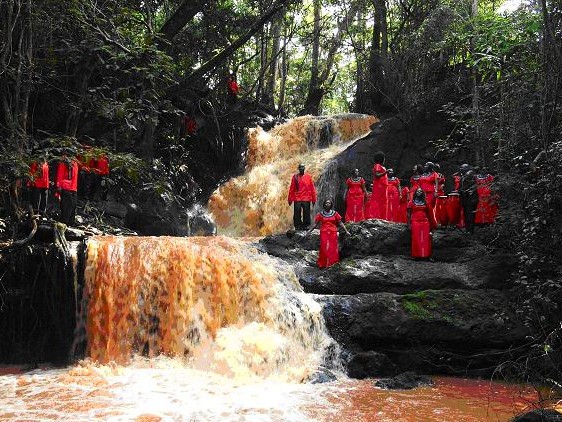The Deputy Mayor of the Lilongwe City Council, Councilor Esther Sagawa, Launches the Forest Restoration of the Lingadzi Riverine in Lilongwe
The Deputy Mayor of the Lilongwe City Council, Councilor Esther Sagawa, Launches the Forest Restoration of the Lingadzi Riverine in Lilongwe
Report by Harold Kangoli and Steve Makungwa
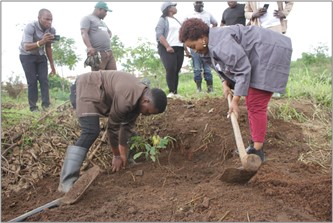
On 19 February 2022 the Deputy Mayor of the Lilongwe City Council, Councilor Esther Sagawa, launched the forest restoration of the Lingadzi Riverine. The project is an initiative of the Lilongwe City Council and it aims to plant and sustainably manage 7,300 native riverine tree species on a 24 hectare degraded riverine along the Lingadzi River in Lilongwe. The design, implementation and monitoring of the project is facilitated by the Lilongwe Chapter of the Global Landscapes Forum (GLF), an initiative of Malawi’s Centre for Applied Systems Analysis (CASA) in collaboration with the International Union of Forest Research Organizations (IUFRO.
Read more…Spotlight #82 – More local involvement one key to FLR success
Spotlight #82 – More local involvement one key to FLR success
“What we’ve got here is failure to communicate.”
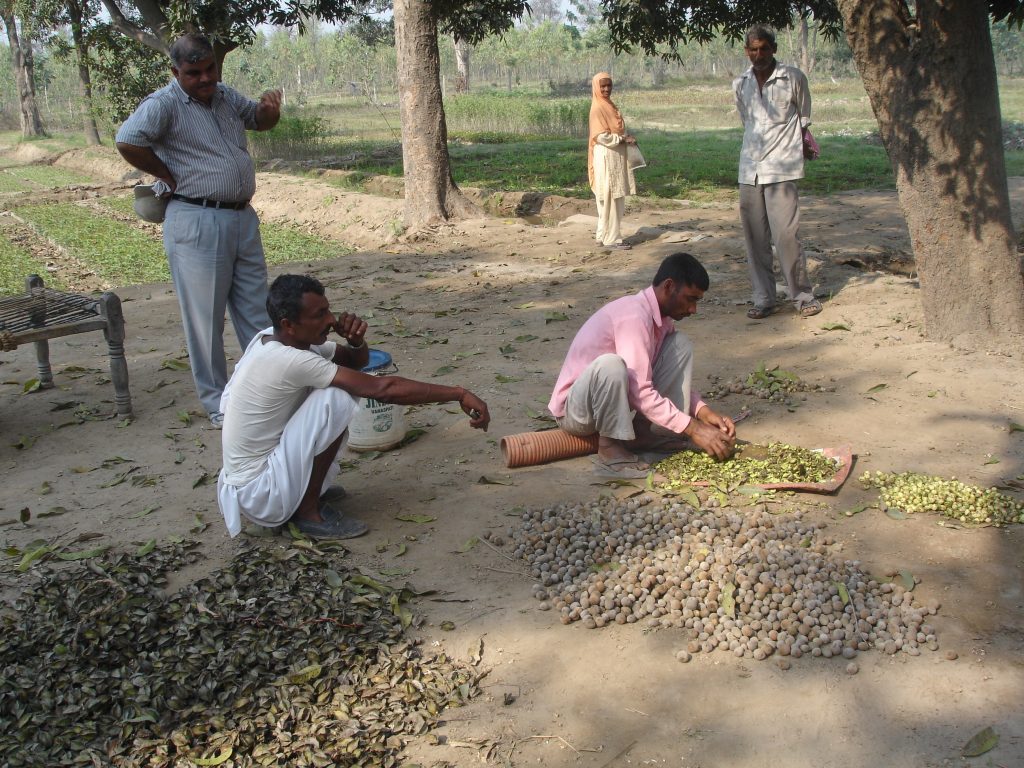
That classic line from the Paul Newman movie, Cool Hand Luke, has since become a catch phrase to describe situations – some comical, others quite serious – that go awry when people aren’t on the same page.
Used in its more serious sense, that phrase can explain the failure of many Forest Landscape Restoration (FLR) projects.
Read more…Ghana: communication with stakeholders helps to keep them engaged and active in forest restoration projects
Inside the forest. Wind blows. Leaves dance in synchronized movement. Joy with the result of protecting and restoring degraded forests.
“I was directly involved in the land preparation, planting, and maintenance of the trees together with crops,” said one of the female farmer participants of the forest landscape restoration (FLR) project in Ghana.

How to obtain desired results in forest restoration through technology and cooperation
Northern Mongolia, sub-taiga forest, Tujyin nars National park, is the second blog post of the FLR Snapshot Series. The second largest landlocked country in the world, land of Mongols, with breathtaking landscapes. Tujyin Nars Reforestation Initiative was created to restore pine forest that had been deforested and degraded due to improper forest harvesting and frequent fires. It has become one of the best examples of successful forest landscape restoration of deforested and degraded forests in northern Mongolia.
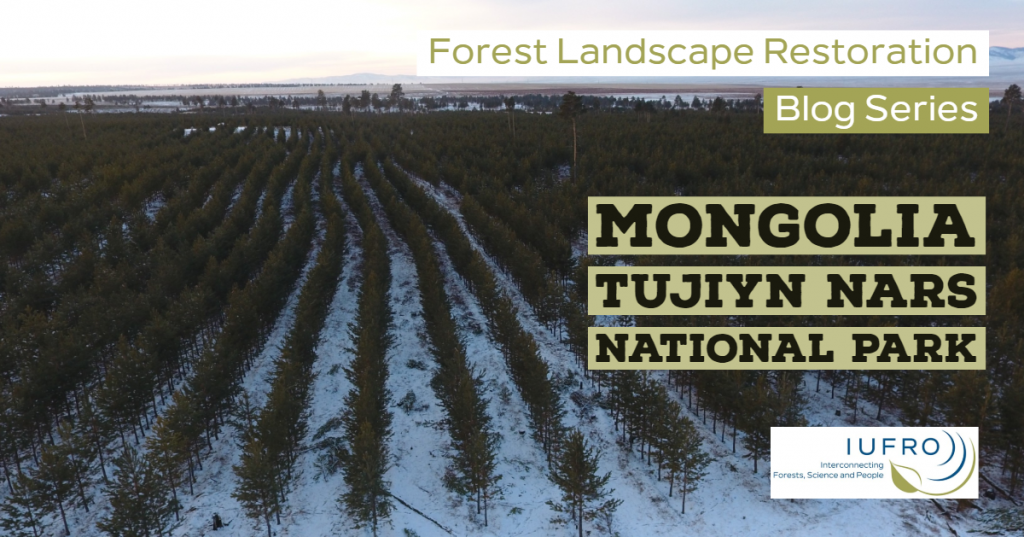
A walk in Karura Park: Day two of the IUFRO/FORNESSA Regional Congress
After a morning of sessions filled with discussions the Congress goers donned their field clothes and headed out for an afternoon in the forest.
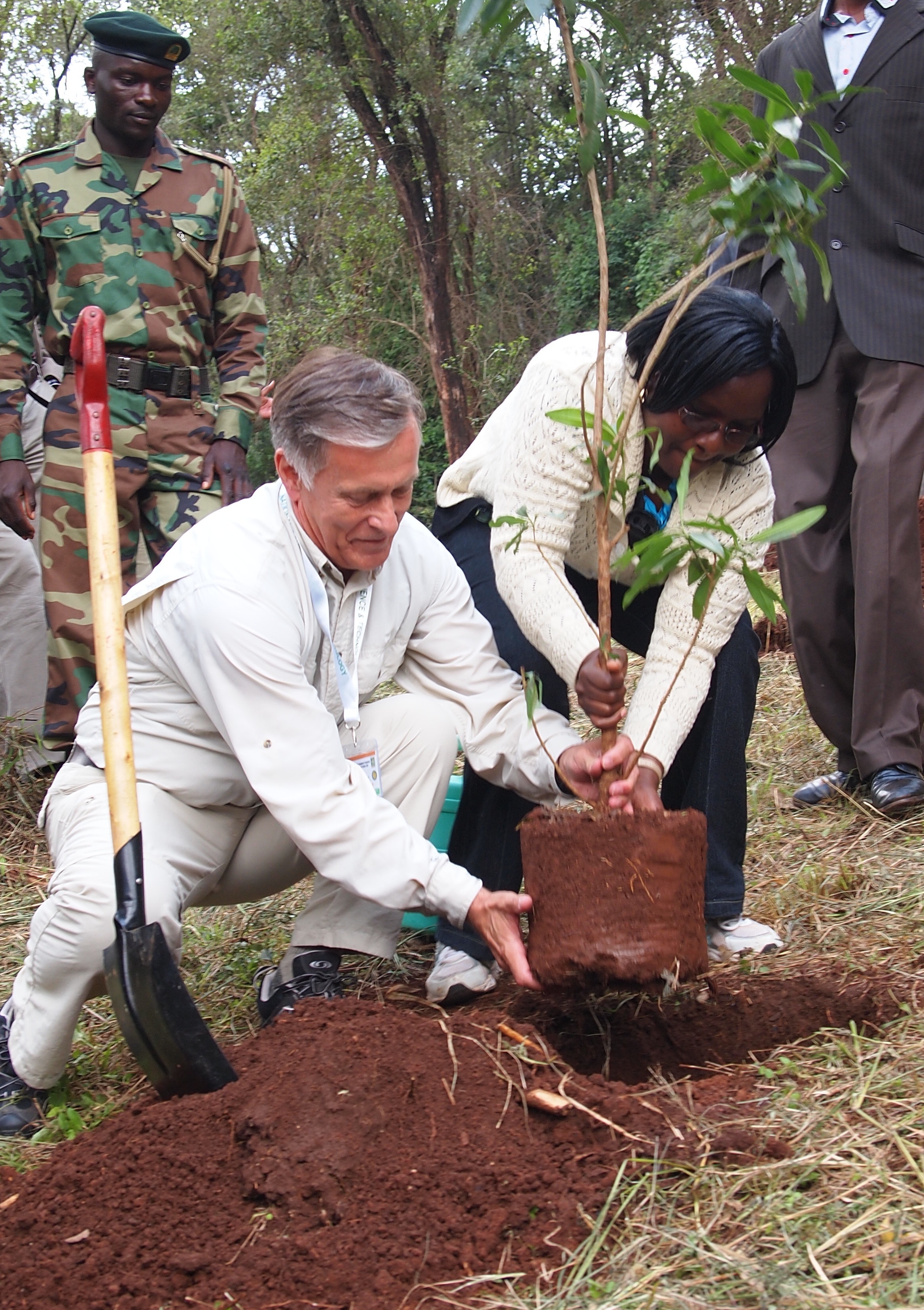
IUFRO President Niels Elers Koch and a representative from the Friends of Karura Forest plant a tree together.
Karura Forest, the renowned urban forest in Nairobi was the destination of the in-Congress tour for the participants. The forest became internationally famous and a crowning achievement for conservationists in the late 90’s. There was huge pressure to clear the forest and create housing projects and the conservation community led by the late Nobel Peace Prize Laureate Wangari Maathai carried out a large public campaign to save the forest. The forest will forever be seen as a symbol of success and serve as a reminder of what a community can do when they come together to challenge land grads.
The excursion started off with a ceremonial tree planting which saw trees being planted by FORNESSA Coordinator Joseph Cobbinah and IUFRO President Niels Elers Koch with representatives from the Friends of Karura Forest – a community forest association dedicated to protecting the urban forest.
Amidst constant conversation the excursion led the large group of participants by trail to the Mau Mau Caves. As the participants continued their hike underneath the canopy of the forest they were greeted by the growing sound of music. Following the river to the waterfall an enthusiastic Kenyan choir lining the waterfall performing a traditional song and dance greeted the excursionists.
The end of the in-Congress tour also marked the end of a successful second day. Thursday is the ITTO/AFF Forest Policy Day and will see participants change their field clothes for more formal wear and head back to sessions to continue presenting and discussing their research. In the words of John, a soil scientist from Nigeria, “Tomorrow I look forward to very much, I will get to tell everyone about my research and then they will know what we have been doing and they will learn from us.”
Additional coverage at http://www.iisd.ca/ymb/forest/iufrofornessa/c1/.

